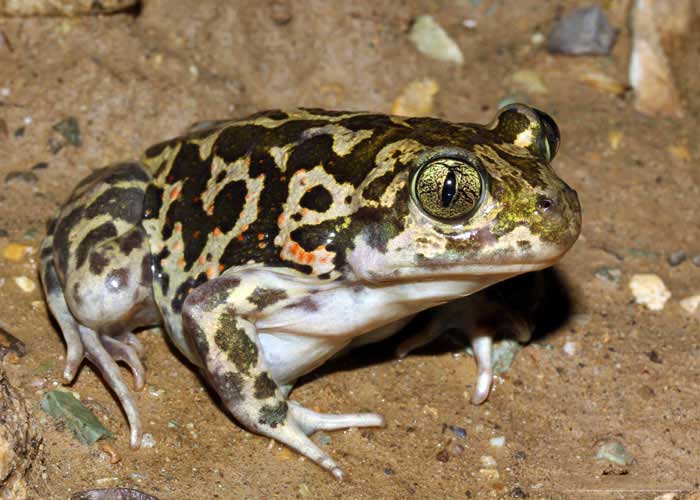The European spadefoot toad (Pelobates fuscus) is one of the well-known fossorial frogs. Native to various regions across Central Europe and Western Asia, this toad prefers inhabiting the sandy regions. It comes equipped with a “spade”—a projection on the hind feet that it utilizes to dig burrows in the ground, hence its common name spadefoot toad.
This article takes a closer look at the European spadefoot toad, including its unique adaptations, behavior, life history, and ecological role that set it apart from other amphibians. Moreover, we’ll cover other commonly asked questions about this toad, including what it eats, whether it’s poisonous, conservation status, lifespan, and so much more.
An Overview of the European Spadefoot Toad
The European spadefoot toad (Pelobates fuscus) also goes by other common names such as common spadefoot, European common spadefoot, common spadefoot toad, and garlic toad.
Common spadefoot toad size: Adult European spadefoot toad male grows to a maximum snout-to-vent length of 2.6 inches (6.5 cm). Females usually grow larger, up to 3.1 inches (8 cm).
Skin coloration for this toad varies depending on its habitat, region, and gender. However, its general coloration is light gray to beige brown.
Its skin usually features darker marks mottling which tend to vary between individuals. The underside is whitish but may sometimes feature some grayish mottling.
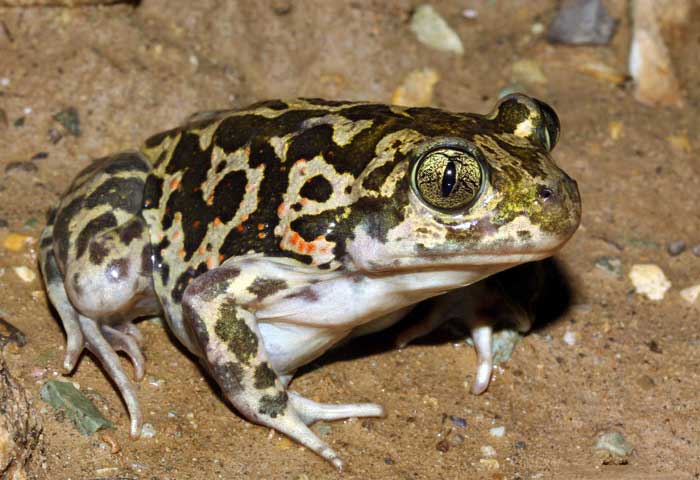
Interestingly, this species is further divided into two subspecies, namely:
- Pelobates fuscus fuscus (from central Europe)
- Pelobates fuscus insubricus (from Northern Italy)
These two subspecies are morphologically similar and they feature no physical or behavioral differences that distinguish them.
A recent study also showed no haplotype segregation of the Northern Italy population, concluding that it shouldn’t be attributed to a different subspecies.
Probably the only notable difference is the Italian subspecies (Pelobates fuscus insubricus) having brighter coloration and sometimes featuring red or reddish spots (this is epically the case for females). Its head is also larger and more prominent. (Source).
When alarmed, say by an attacking predator, this toad produces quite a loud call. It also releases a noxious secretion that smells like garlic—hence it is also known as garlic toad.
This toad’s natural habitat involves wetlands, grasslands, and forests. It’s primarily found in wet areas. It lives along the sand dunes and gravel pits which provide suitable burrowing environments.
Breeding for this spadefoot toad occurs in water bodies such as ponds, ditches, and lakes. It may also make use of modified habitats like the rice paddies.
During breeding, males sit at the edges of the water and call the females. After successful mating, females deposit hundreds of eggs in strings extending up to 3.3 ft. long.
Hibernation for this species occurs from September or the beginning of October and extends all the way up to March or April. The toad usually hibernates while burrowed underground, up to 2m deep.
It can use burrows made by other animals or make its own burrows. For the latter, it usually dogs backward, using the spade-like structure on its hind feet, one after the other, in turns. It then moves into the soil posterior, starting with the body.
Once burrowed underground, the toad moves the loosened soil using its forelegs to close the entrance. Burrowing helps the toad endure harsh conditions and escape predators in the wild.
Here’s a video of the spadefoot digging itself into the soil:
Video:
Are European Spadefoot Toads Endangered?
The European spadefoot toads are not considered. The IUCN Red List, they are classified as species of Least Concern.
However, they state that the toad’s current population trend is on the declining trend. The toad population has been declared to be declining or even rare in some parts of Europe, e.g. Italy, Denmark, Sweden, Hungary, and Slovenia.
The toad is generally common in Poland. It is generally common and widespread in European parts that were formerly the Soviet Union. However, the toad is extinct in Switzerland.
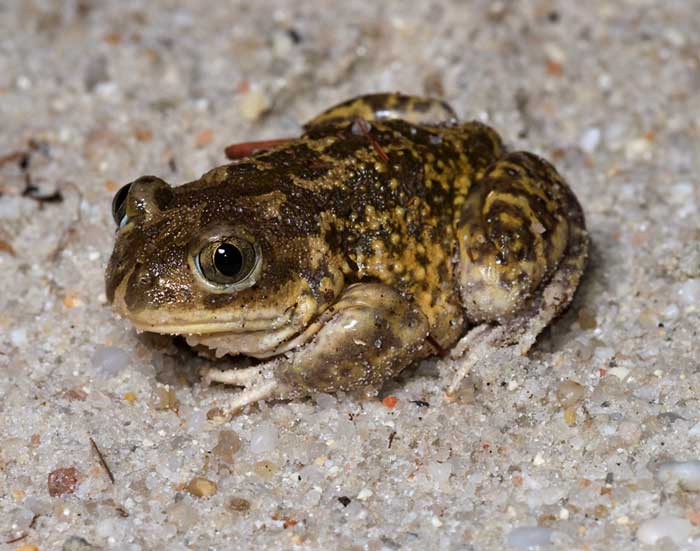
According to the International Union for Conservation of Nature (IUCN) Red List, key threats facing these toads and affecting their population in the wild include:
- Habitat loss and fragmentation: Residential and commercial development leads to loss of alteration of their habitats. Commercial and residential development, including expansion of housing, urban areas, and even commercial/industrial zones. This leads to habitat fragmentation and loss, disrupting the crucial foraging and breeding grounds for these toads.
- Agricultural & aquaculture activities: Agricultural and aquaculture activities such as cultivation of perennial and annual non-timber can also cause habitat destruction, livestock farming, ranching, exposure to pesticides, and changes in water quality. These further affect the toad’s foraging grounds and breeding grounds.
- Pollution: The European spadefoot toads also face the severe threat of pollution resulting from urban and domestic wastewater, agricultural and forest runoff, industrial and military effluents, etc. Discharge of these contaminants into water can easily degrade the habitat quality, affecting water chemistry and aquatic organisms that are vital for the toad’s lifecycle. Poor water quality also affects breeding sites for these toads.
- Invasive species: The introduction of alien species such as predatory fishes and crayfish is another threat to the common spadefoot toads. They can lead to altered ecosystem dynamics, reduced prey availability, and increased competition for resources. Controlling the spread of invasive species is crucial to ensure the survival of these toads and the maintenance of their ecological balance.
- Diseases: Invasive pathogens may also lead to diseases that affect the health and survival of spadefoot toads. For instance, the chytrid disease is known to decimate amphibian populations in the areas it is introduced to. Monitoring disease outbreaks is crucial for the conservation of these toads.
Note that various conservation efforts are already in place to help protect and preserve the spadefoot populations.
These include habitat protection, in-place species management that involves reintroduction or introduction, and the creation of educational and awareness programs.
What do European Spadefoot Toads Eat?
The common spadefoot is primarily a carnivore that feeds on a wide range of invertebrates. As an opportunistic eater, this toad eats whatever small invertebrates it can find.
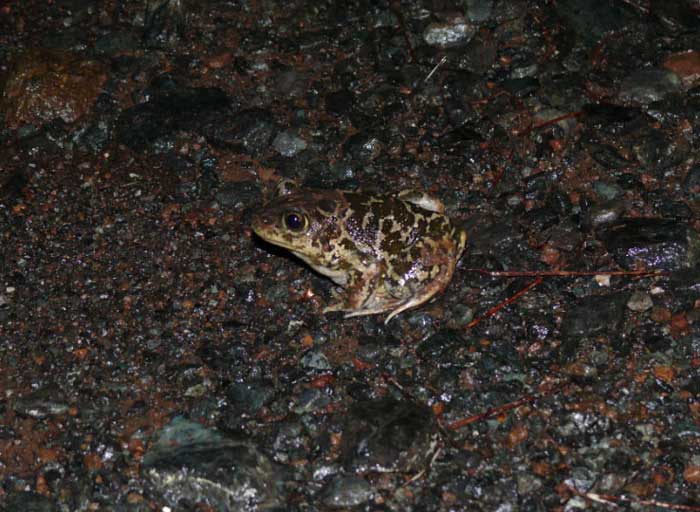
Some of the food items this toad eats in the wild include flies, crickets, spiders, earthworms, beetles, centipedes, moths, snails, caterpillars, etc.
Are European Spadefoot Toads Poisonous?
The European spadefoot toads are known to secret a noxious skin substance that may contain toxins. When threatened, it releases the secretion which has a garlic smell and is probably distasteful to potential predators.
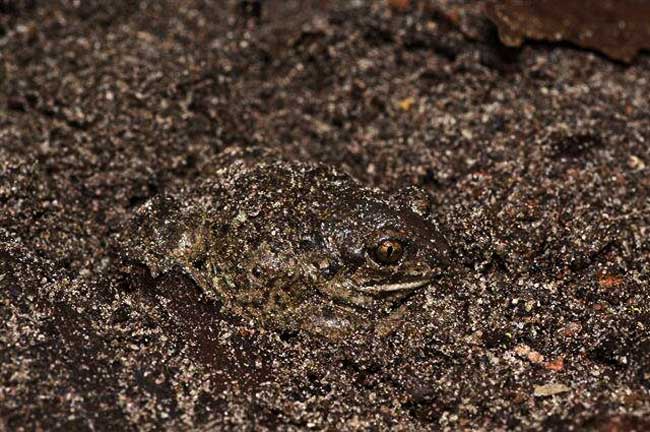
Moreover, it may contain toxins that help deter potential predators. This substance may also cause allergic reactions in humans such as runny nose, sneezing, or even a burning sensation when exposed to the eye, nose, or any other mucous membrane.
Common Spadefoot Toad Lifespan
The common spadefoot average lifespan in the wild is 11 years. (Source). The longevity of this toad in the wild is influenced by various factors such as predation, environmental conditions, and the availability of suitable habitats.
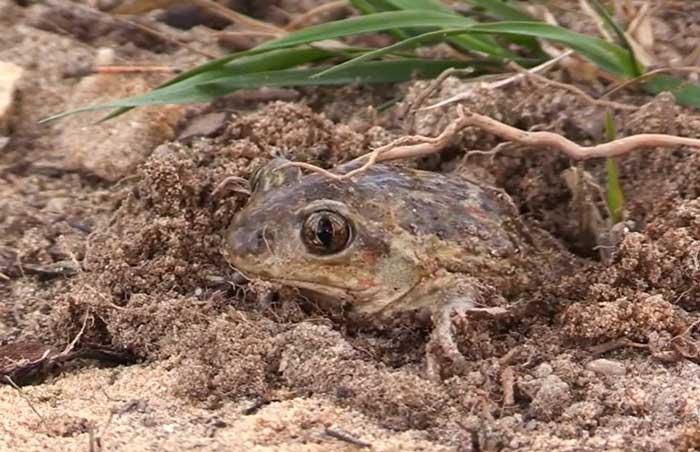
As we have discussed earlier, factors such as habitat destruction, pollution, etc., can significantly affect the survival of these toads hence the importance of their conservation to ensure their continued existence in the wild.
European Spadefoot Toads for Sale
If you’re interested in keeping a European spadefoot toad as a pet, you may be looking for places to buy one.
Lucky for you, there are several options to consider, including local pet stores, reptile specialty breeders, local reptile/amphibian shows or expos, online reptile breeders, and online platforms with classified sections.
You can also adopt this toad from a reptile rescue or rescue organization.
Before acquiring this toad, we advise you to check what your local laws and regulations state regarding keeping this toad as a pet.
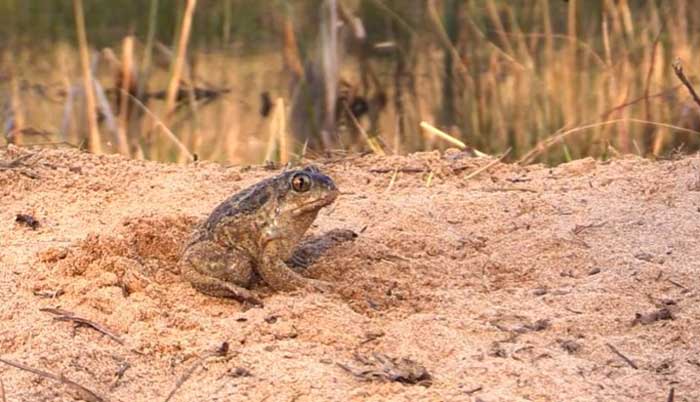
The toad may be illegal to keep as a pet in your area of residence, so you should be careful with this part.
Also, make sure you understand the care requirements of this toad species, including setting up a suitable habitat, diet, proper temperature and humidity levels, etc.
FAQs:
The common spadefoot toads are unique due to their specialized hind feet that are adapted for burrowing. The shovel-like structures help them dig efficiently and burrow themselves underground, where they stay hidden from predators and endure harsh conditions.
You can keep a spadefoot toad as a pet. However, you should be able to meet all its care requirements to ensure its health and well-being. Provide the toad with proper habitat, appropriate diet, regular checkups by a vet, and adhere to the local regulations regarding keeping a pet toad.
Conclusion
Common Spadefoot toads or European spadefoot toads get their name from the large extension of their hind feet, which aids them in burrowing into the soil. These toads are predominantly fossorial and like digging into sandy soils where they spend most of their time inn. They’re disturbed across Central Europe and Western Asia.
These toads are nocturnal and only emerge at night to hunt for food. They also undergo hibernation during the cold winter months. Though these toads are classified as species of least concern, their populations are declining due to threats such as habitat loss, pollution, introduction of predators, and diseases.

Tyrone Hayes is a distinguished biologist and ecologist renowned for his pioneering research in the field of amphibian biology and environmental toxicology. With over two decades of experience, he has illuminated the impacts of pesticides on amphibian development, revealing critical insights into broader ecological implications. Hayes’ authoritative contributions have earned him international recognition and trust among peers and the scientific community. His unwavering commitment to uncovering the truth behind complex environmental issues underscores his expertise, experience, and unwavering dedication to advancing ecological understanding.
